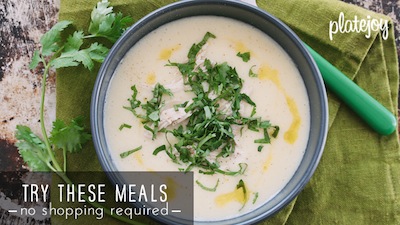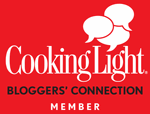There are two things you need to best plan your new diet: inspiration and information.
For me, inspiration came first – I dove into cooking meals from scratch (nothing canned or pre-packaged) and experimenting with spices, herbs, and different flavors in the kitchen. My first two cookbooks – and still my favorites for breads, sauces, and desserts – are The No-Salt Cookbook and The No-Salt Lowest-Sodium Cookbook. The recipes tend to be simple (great for the novice cooker) but the basics are the best place to start and will help you build more complex flavors or tackle more difficult food genres over time. These will become your saltless Joy of Cooking.
As for information – this part is key. First, it is important to decide what your sodium limit is – for everyone it is different (depending on your health needs) and you must remember that all foods have a natural amount of sodium. Eggs, for example are 70mg per serving. Beef tends to be around 90mg per serving. Monkfish is only 15! I personally do not worry about natural amounts of sodium (except for shellfish which is in the upper 1,000mg per serving) and decided to cut out the additional sources like baked goods, sauces, canned items or anything that I could make from scratch, sodium-free.
Once you figure out your personal limit, the next step is educating yourself on sodium – which foods are high and which are low. For a long time, I was eating food that was higher in sodium than I had imagined (milk, baked goods, shellfish … okay, that last one was just blissful ignorance) or I was ignoring foods that were incredibly low (clams, oysters, pork, beer!). Reading the nutritional listings on the back of packages is the best place to start, but for a more thorough overview of sodium and its culinary whereabouts is Pocket Guide to Low Sodium Foods. I even travel with this little gem. It covers natural foods, canned versions, and fast-food restaurants. It is an exhaustive resource and is essential to eating smart and eating well.






